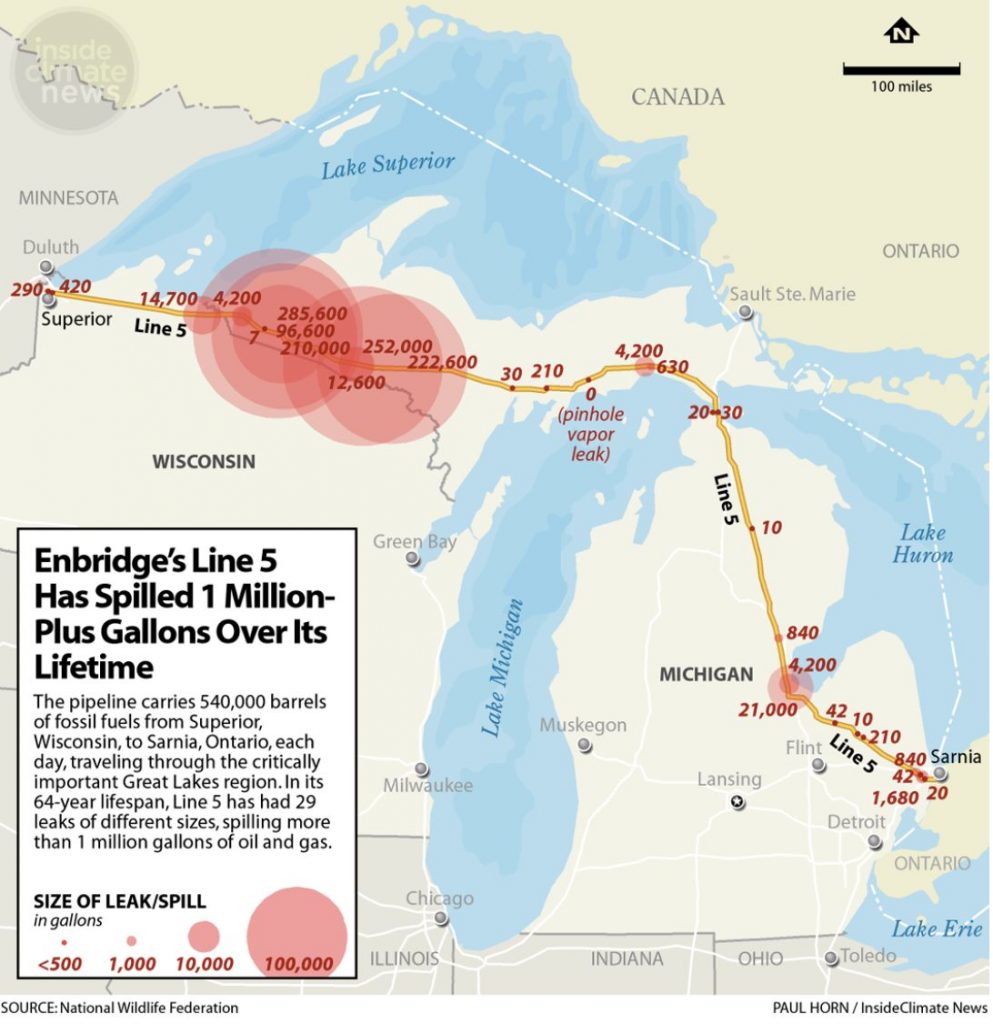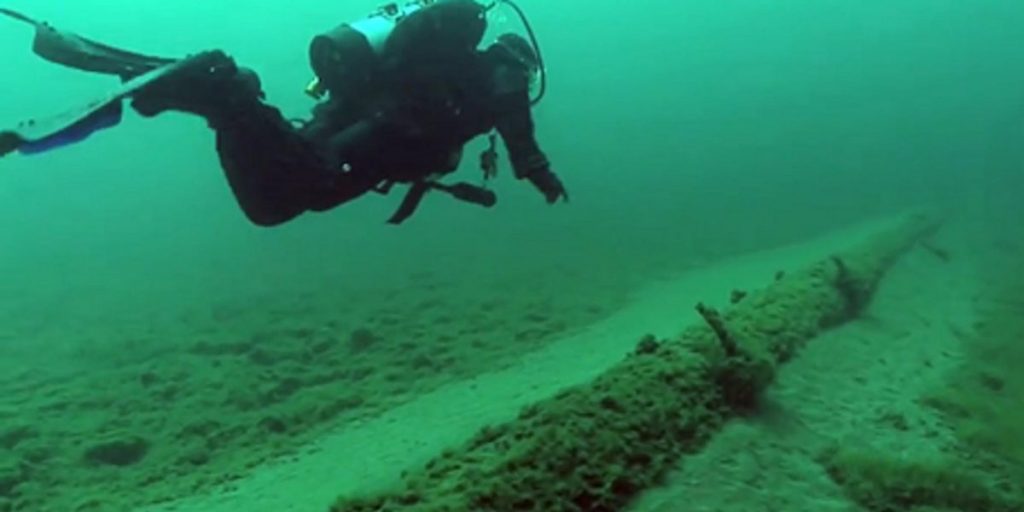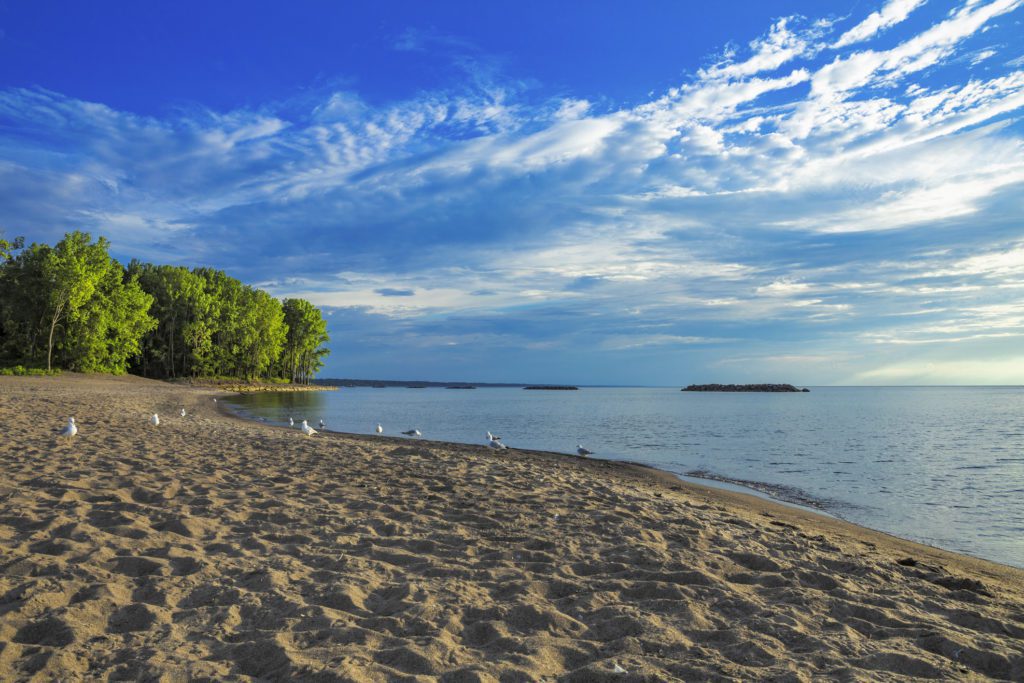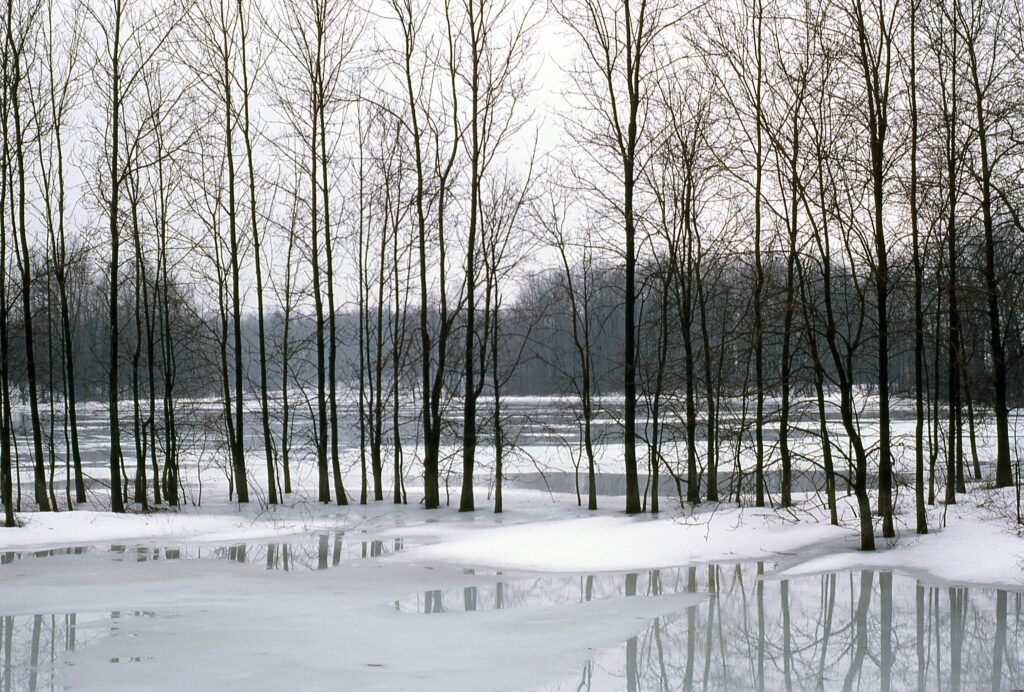Enbridge and its allies have been spinning a tale that Line 5 is a safe pipeline, that there is no need for anyone to be concerned about a devastating spill into the Straits of Mackinac or along any other parts of the route, and that they have the ability to prevent an ecological disaster from happening. But this story is far from the truth. The reality is, this pipeline has already had several safety violations and Enbridge has made it exceedingly clear that it cannot prevent a major freshwater oil spill from happening. We want to clear up some misconceptions and set the record straight.
MYTH: According to Enbridge, Line 5 has never spilled.
REALITY: At least 29 spills have occurred along the entirety of the Line 5 pipeline since it was put into operation in 1953, most of which were not detected by Enbridge’s leak detection system. As a result, at least 4.5 million litres of oil have spilled into the surrounding lands and waters. One of the larger Line 5 spills occurred in Crystal Falls, Michigan in 1999 and forced the evacuation of about 500 people after responders accidentally ignited a vapour cloud that sparked a 36-hour long fire.
It is exactly this type of failure that led to the largest inland oil spill in U.S. history, when Enbridge’s Line 6B spilled into the Kalamazoo River. It took 17 hours for Enbridge to realize the spill had occurred. In fact, it wasn’t even Enbridge who detected the spill—it was reported by a local utility worker. The pipeline-monitoring staff in Enbridge’s Edmonton control room could not agree that a leak had occurred, ignoring alarms that should have triggered a shutdown of the pipeline within 10 minutes.

MYTH: Enbridge can prevent a disastrous Line 5 spill from happening.
REALITY: Enbridge has demonstrated time and again that it does not have the ability to control the Line 5 pipeline or prevent a disastrous spill from happening, particularly if a spill were to occur in the Straits of Mackinac. In a best case scenario, it would take Enbridge about 13.5 minutes to shut off the pipeline in the event of a leak. In that time frame, between 1,078,842 to 1,366,533 litres of oil could be released into the Straits—this is the best case scenario. The Straits of Mackinac have currents ten times the strength of Niagara Fall and models have estimated that up to 1100 kms of shoreline could become engulfed with oil from a Line 5 rupture into the Straits of Mackinac which would devastate the Great Lakes, which hold 84 per cent of North America’s freshwater.
Enbridge also claims that the “no anchor zone” in place in the Straits of Mackinac is enough to prevent a spill caused by an anchor strike. But Line 5 was already struck and damaged by a 12,000 pound anchor in 2018 and had its supports damaged by another anchor in 2020. In the summer of 2021, a 15,000 pound anchor was also abandoned in between the twin pipelines in the Straits of Mackinac after an anchor shackle broke on a work barge while contractors were doing seasonal maintenance on the pipelines.

If this isn’t enough to keep a person up at night, there is also the fact that crude oil spills into freshwater are already complicated enough to clean up. In the case of Line 5 though, there are several additional complications. This area is often covered in ice for months at a time during the winter. This ice cover makes clean up strategies almost impossible if a spill were to happen during this time of the year. Plus, light crude oil (which is what Line 5 carries) is particularly hard to clean up because some of it sinks rather than floating on the water’s surface.
Line 5 is not safe.
Despite what Enbridge wants the public to believe, Line 5 is not safe and it will threaten the Great Lakes basin as long as it remains in operation. We cannot continue to gamble with the Great Lakes which hold 21 per cent of the world’ freshwater and over 80 per cent of North America’s freshwater for an oil and gas pipeline we can do without.
We must instead turn to viable alternatives that are within reach while we accelerate the phase out of fossil fuels and the rolling out of renewables.










